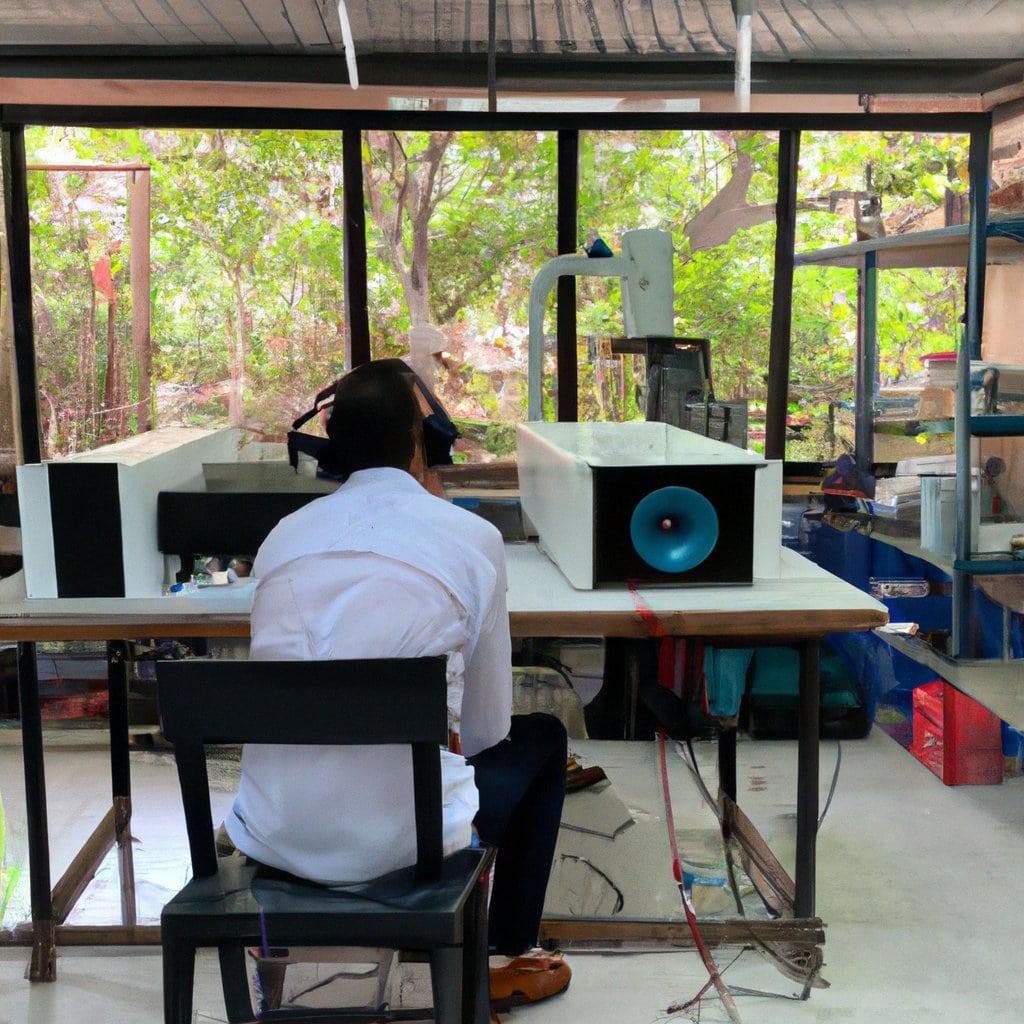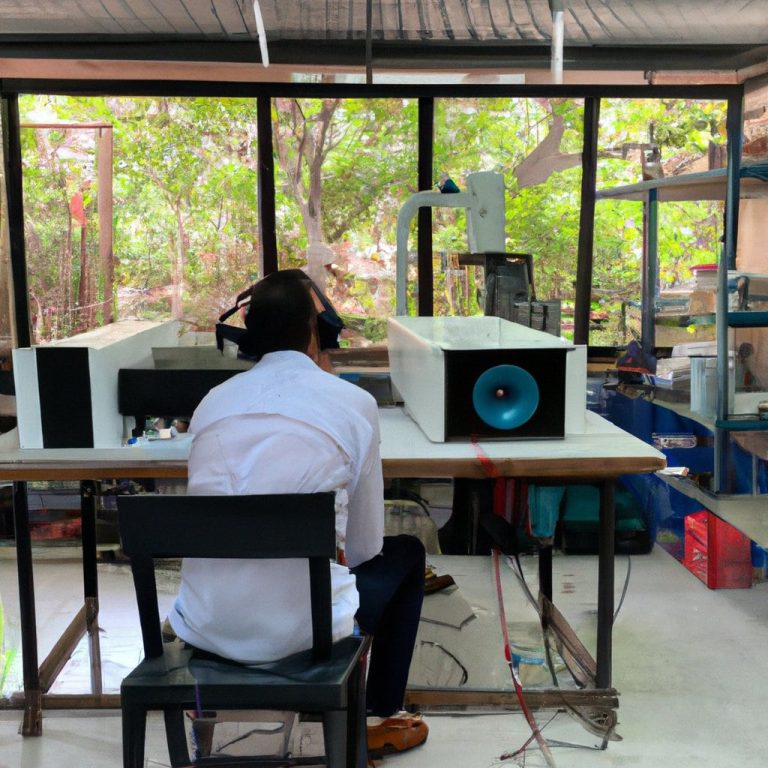Are you an electronics enthusiast, hobbyist, or professional looking to power your electronic projects with precision and versatility? If so, you’ve come to the right place. In this comprehensive guide, we’ll unravel the mysteries of dual power supply in electronic engineering. We’ll walk you through what dual power supplies are, how they operate, where they are applied, and why they are an indispensable tool for anyone working with electronic circuits.
What Exactly Is a Dual Power Supply?
To begin our journey into the world of dual power supplies, let’s start with the basics. A dual power supply, also known as a bipolar power supply or split power supply, is a specialized system designed to deliver both positive and negative voltage outputs simultaneously. Unlike a conventional single power supply, which provides either positive or negative voltage, a dual power supply can generate both.
- Top 5 Essential Electrical Wiring Rules to Follow for Your Home
- Breaker Size Calculator: AC and DC Circuit Breaker Sizing Calculator
The voltage output range of a dual power supply typically spans from ±1.2V to ±30V or even higher, depending on the specific requirements of your electronic circuit. Dual power supplies serve as a versatile source of power, allowing engineers and hobbyists to work with components and circuits that demand both positive and negative voltage levels.
How Does a Dual Power Supply Work?
Now that we know what a dual power supply is, let’s dive into its inner workings. A dual power supply consists of several key components and stages that work harmoniously to deliver the required voltage outputs:
Transformer:
The journey of a dual power supply often starts with an AC transformer. This transformer takes the standard alternating current (AC) voltage from your electrical outlet and converts it into a higher or lower AC voltage, depending on your desired output voltage. The transformer’s secondary winding generates the alternating current necessary for the next stages of the power supply.
Rectification:
Next in line is the rectification stage. Here, the AC voltage from the transformer is transformed into pulsating direct current (DC) voltage. Depending on the design, this DC voltage can be either positive or negative.
Filtering:
To ensure a stable and ripple-free output, capacitors are employed for filtering. These capacitors act as effective filters, smoothing out any residual AC voltage or ripples in the DC output. A well-filtered output is vital for the reliable operation of electronic circuits.
Voltage Regulation:
For precise and consistent voltage outputs, a voltage regulator takes center stage. This component ensures that the voltage supplied to the load remains constant, regardless of fluctuations in the input voltage or load conditions. In a dual power supply setup, you’ll typically find two voltage regulators: one for the positive and one for the negative voltage.
Output Terminals:
Finally, the regulated positive and negative voltage outputs are accessible through output terminals. These terminals can be conveniently connected to various electronic components or circuits, providing the required voltage levels for proper functioning.

Why Are Dual Power Supplies Essential?
Now that we’ve delved into the inner workings of dual power supplies, you might be wondering, “Why do I need one?” Let’s explore the essential reasons why dual power supplies are a must-have in the world of electronic engineering:
Unparalleled Versatility:
Versatility is a hallmark feature of dual power supplies. They can deliver both positive and negative voltage rails, simplifying the process of designing and testing circuits that require bipolar power sources. Many electronic components, including operational amplifiers (op-amps) and transistors, rely on dual power supplies for testing and experimentation.
Maintaining Circuit Symmetry:
In numerous electronic applications, maintaining circuit symmetry is paramount. This means ensuring that both positive and negative voltage levels are balanced. For instance, in audio amplifiers, an imbalanced power supply can lead to signal distortion. Dual power supplies eliminate this issue by providing symmetrical voltage outputs.
Crucial for Biasing and Amplification:
Dual power supplies are indispensable when working with amplifiers, especially in the realm of audio electronics. Class-AB amplifiers, commonly used in audio applications, require both positive and negative supply voltages to operate efficiently. Without a dual power supply, achieving the necessary biasing and amplification becomes exceedingly challenging.
Ideal for Signal Processing:
Signal processing circuits, such as analog filters or signal conditioning, often necessitate both positive and negative voltage levels for effective signal manipulation. A dual power supply streamlines the implementation of such circuits, enhancing their reliability and precision.
Protecting Against Reverse Voltage:
Certain electronic components, such as diodes and transistors, are sensitive to the polarity of the applied voltage. Dual power supplies act as a safeguard against reverse voltage, offering the necessary positive or negative voltage as required by the component.
- Elevate Your Boating Experience with a Marine SoundBar
- Efficient Travel Refrigerator for Cars: A Complete Guide
Practical Applications of Dual Power Supplies
Now that we understand why dual power supplies are indispensable, let’s explore some common areas where they find practical applications:
Audio Electronics:
In the realm of audio amplifiers and sound processing, dual power supplies are a staple. They provide the positive and negative voltages necessary for amplifying audio signals accurately and without distortion. If you’re an audiophile or a musician tinkering with audio equipment, a dual power supply is your best friend.
Precision Instrumentation:
Precision measurement and instrumentation equipment often rely on dual power supplies to create stable and accurate reference voltages. This is critical in fields like electronics testing, scientific research, and any application that demands precise measurements.
Analog Circuit Design:
When designing analog circuits, engineers frequently turn to dual power supplies to ensure the symmetrical operation of op-amps and other analog components. This results in cleaner and more predictable signal processing, making it a go-to choice for professionals in the field.
Control Systems:
In control systems, where precise voltage control is essential, dual power supplies play a pivotal role. They provide the required voltage levels for controlling motors, sensors, and other system components. Whether you’re building a robotics project or an automated system, dual power supplies are at the heart of it all.

Educational and Laboratory Experiments:
In educational institutions and research laboratories, dual power supplies are used extensively for conducting experiments, prototyping circuits, and teaching electronic principles. They serve as invaluable tools for both educators and students, fostering hands-on learning and experimentation.
Conclusion
In the ever-evolving realm of electronics, dual power supplies emerge as unsung heroes, ensuring the stability, reliability, and versatility of countless electronic projects. Whether you’re a seasoned electronics engineer, a passionate hobbyist, or a student eager to explore the world of circuits, a dual power supply should be a fundamental addition to your toolkit.
So, as you embark on your journey of innovation and discovery in the electronic engineering landscape, remember that a dual power supply is your trusted companion. It’s a small investment that yields significant dividends in terms of precision, reliability, and the endless possibilities it unlocks for your electronic endeavors. Embrace the power of duality, and watch your electronic dreams soar to new heights!
